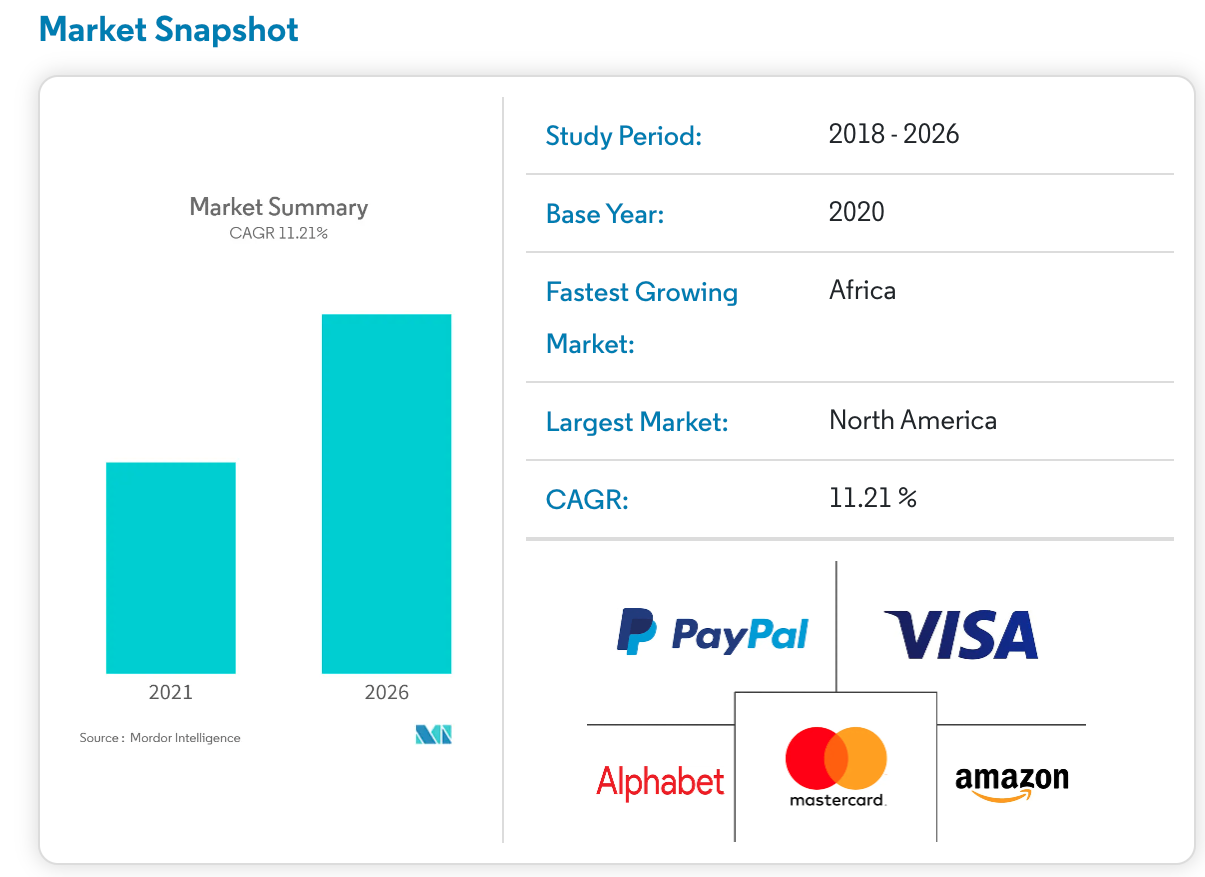Contributed by: The Big Fat Whale
It has been a while since an IPO has rocked the financial markets. The ARM IPO has been the highlight since its launch last week at the price of $51. At a PE of over 100, is it worth a look at or is it simply overhyped? Let's take a closer look.
Giving some backdrop, Softbank took ARM private in 2016 at a valuation of 32 billion US dollars. Based on their listing IPO price of $51, it gives it a valuation of $54.5 billion dollars. Softbank still owns 90% of the company after this share offering.
The demand has been overwhelming with the IPO shares being ten times oversubscribed but it could be due to only 10% of the company being up for grabs. The first day gain was around 25% with the price touching $64.
ARM Business Model
ARM was established in 1990, Arm began as a joint venture between Acorn Computers, Apple Computer, and VLSI Technology. ARM was publicly listed on the London Stock Exchange and the Nasdaq Stock Market from 1998 until 2016 when ARM was taken private by SoftBank Group, our controlling shareholder.
"Our open and flexible business model provides access to high-quality CPU products for a wide range of potential customer types and end markets. We license our products to semiconductor companies, OEMs, and other organizations to design their chips. Our customers license our products for a fee, which gives them access to our designs and enables them to create Arm-based chips. Once a chip has been designed and manufactured with our products, we receive a per-unit royalty on substantially all chips shipped. The royalty has typically been based on a percentage of the ASP of the chip or a fixed fee per unit, and it typically increases as more Arm products are included in the chip. Our business model enables the widest range of customers to access Arm products through an agreement best suited to their particular business needs"
Source: ARM IPO Prospectus
Think of ARM as the architect or designer behind the brain of your smartphone or tablet. They create the blueprint for a type of computer chip called a "processor." This processor is like the brain of your device, handling all the calculations and tasks it needs to perform.
ARM doesn't actually make the physical chips; instead, they license their designs to other companies (like Apple, Samsung, or Qualcomm) who then manufacture the actual chips based on ARM's designs. So they will earn licensing fees for each chip that was produced.
ARM is constantly compared to Nvidia as the two forefront stocks to benefit immensely from the development of the Artificial Intelligence Industry. From what we have read, ARM is more focused on the Central Processing Unit (CPU) whereas Nvidia is focused more on the Graphic Processing Units.
Here are the differences between the two products:
- CPU: CPUs are essential for general computing tasks, running operating systems, office applications, and tasks that require precise calculations and control. They are the primary computing component in most computers.
- GPU: GPUs are essential for graphics-intensive applications, including gaming, video editing, 3D modelling, and scientific simulations. They are also increasingly used for AI and machine learning tasks due to their parallel processing capabilities.
In summary, while both the CPU and GPU are vital components of a computer, they serve different purposes and excel in specific types of tasks. CPUs are versatile and handle general computing tasks, while GPUs are specialized for graphics processing and parallel computing tasks. Many modern computers and devices use both CPUs and GPUs to optimize performance and efficiency for a wide range of applications.

A Publication By The Big Fat Whale
Click Here for the Full Article:
https://thebigfatwhale.com/arm-ipo-overhyped/






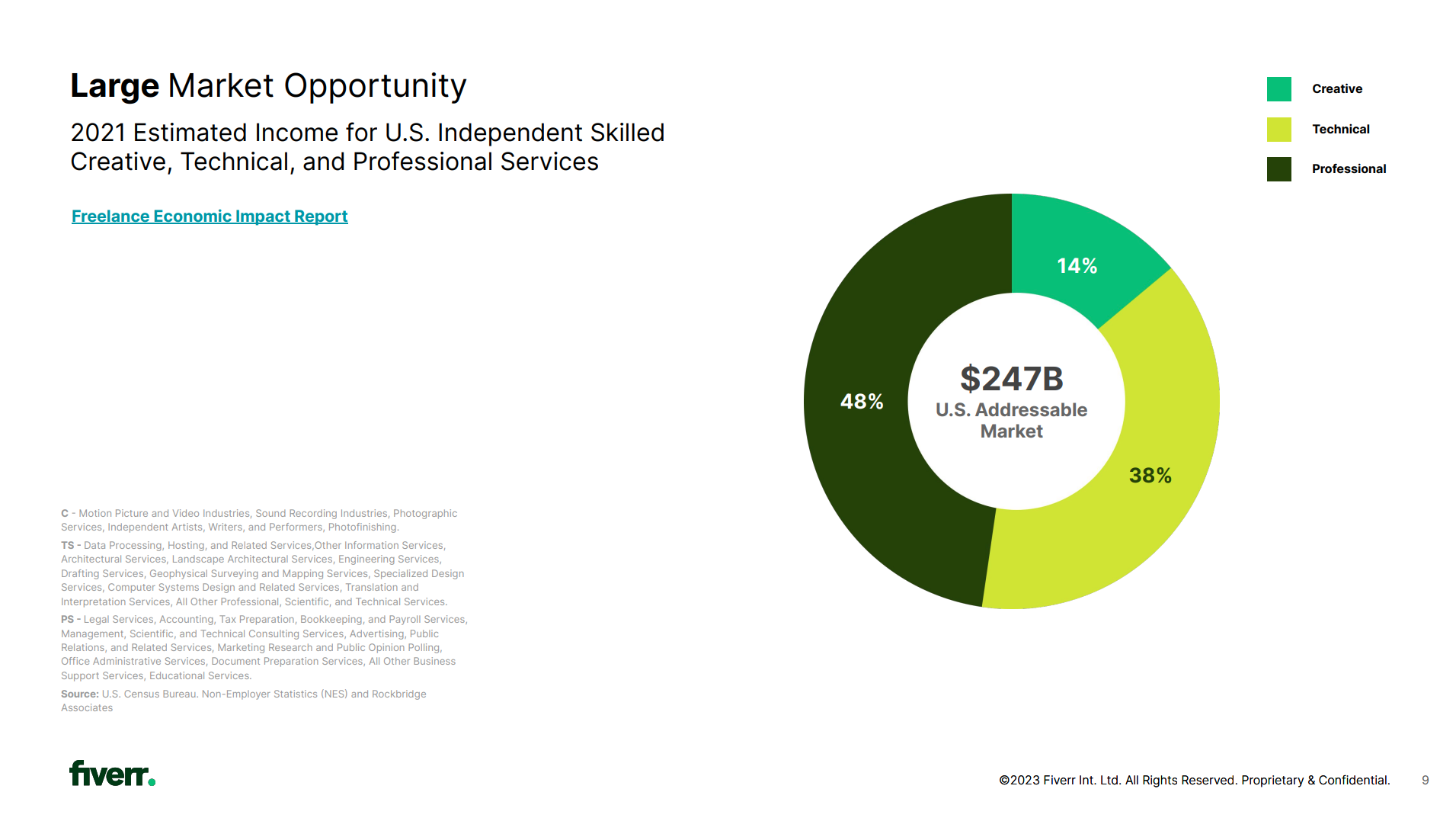
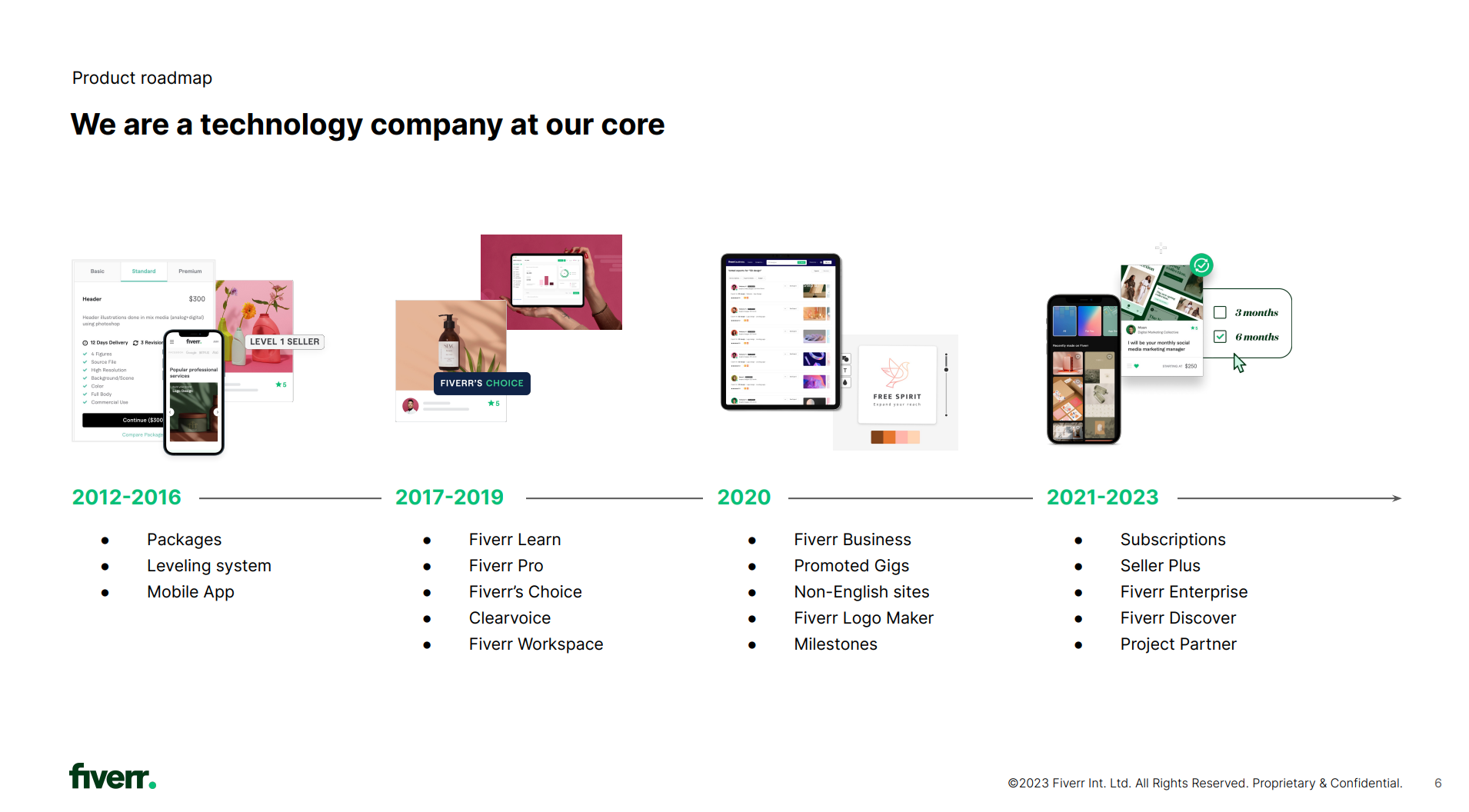


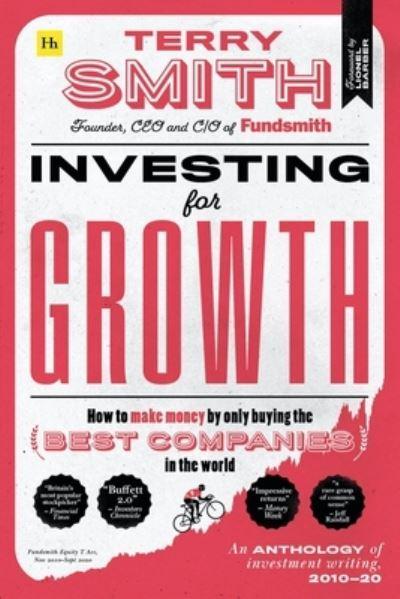
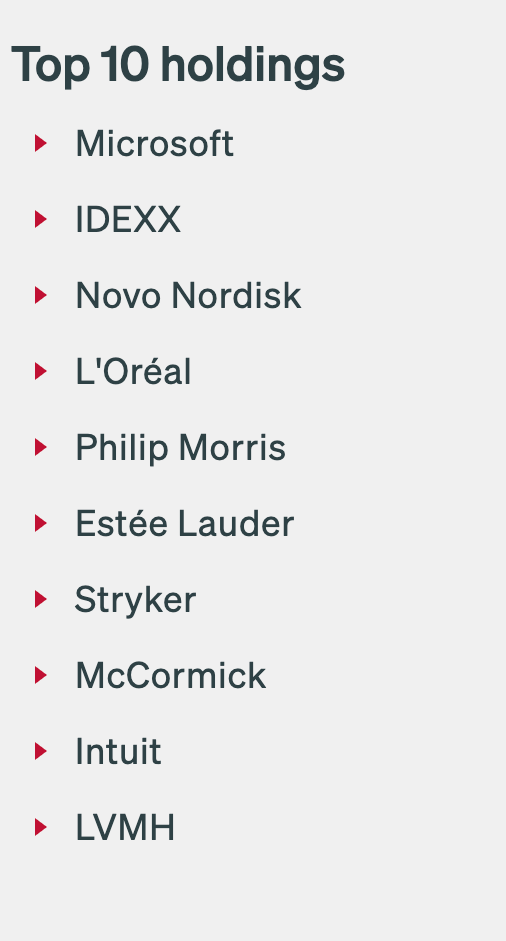


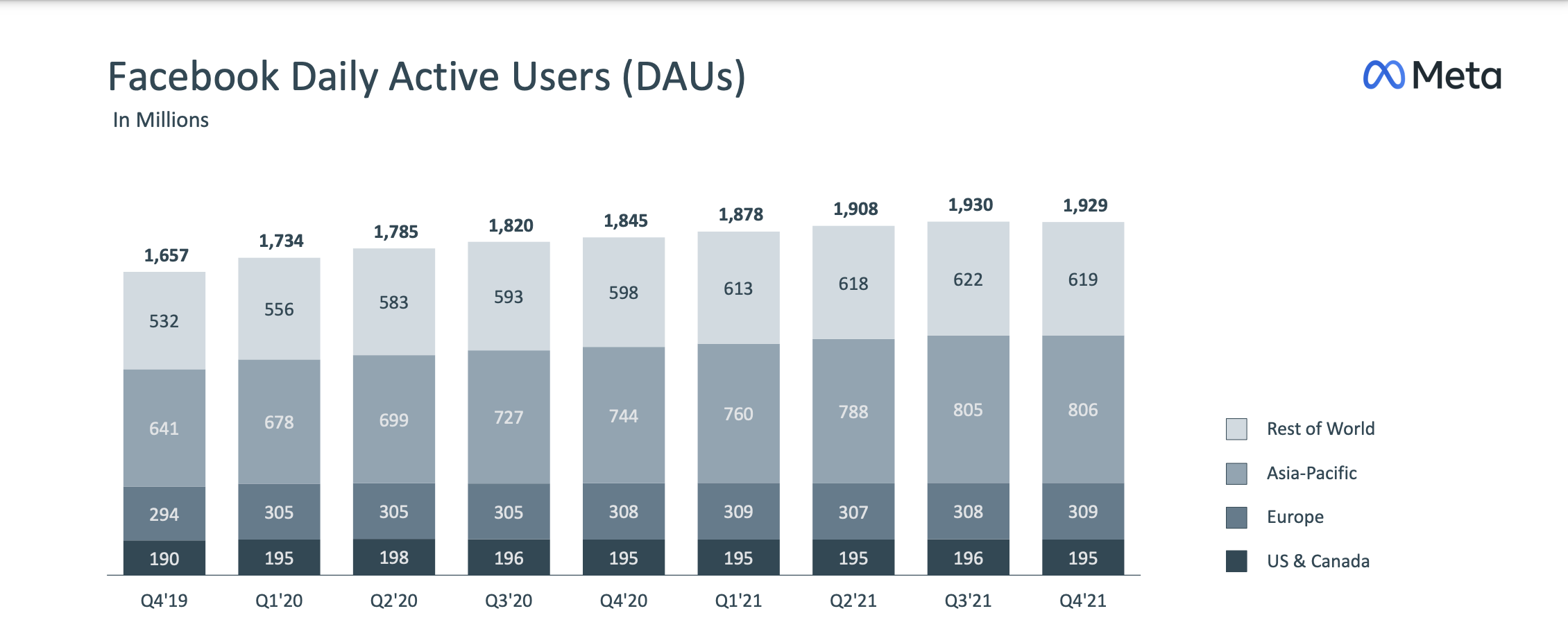
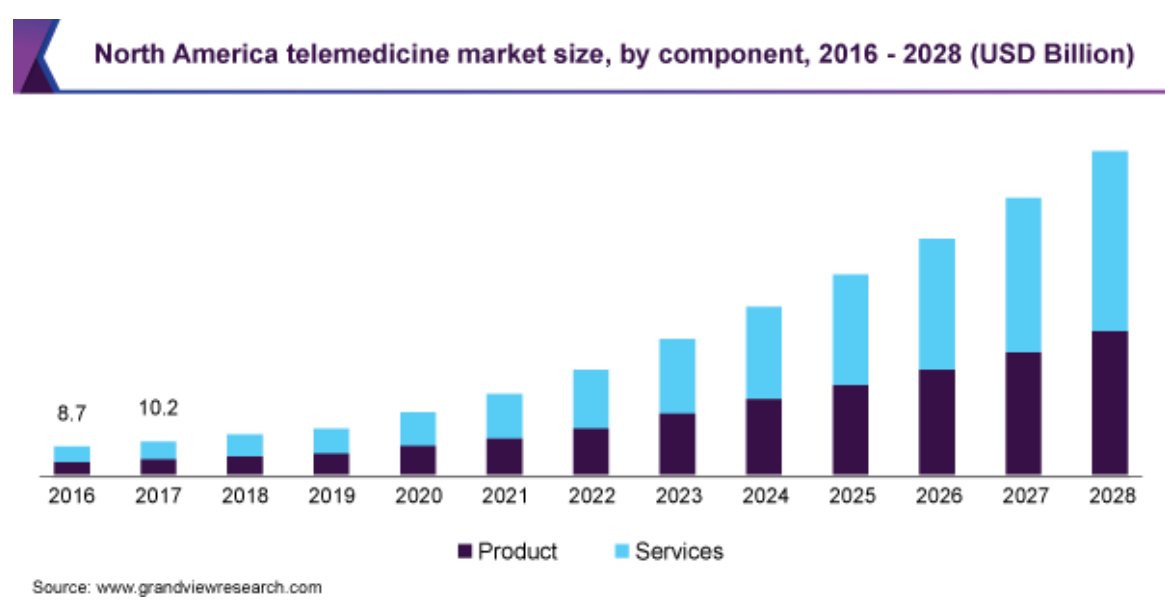 Source: www.grandviewresearch.com
Source: www.grandviewresearch.com